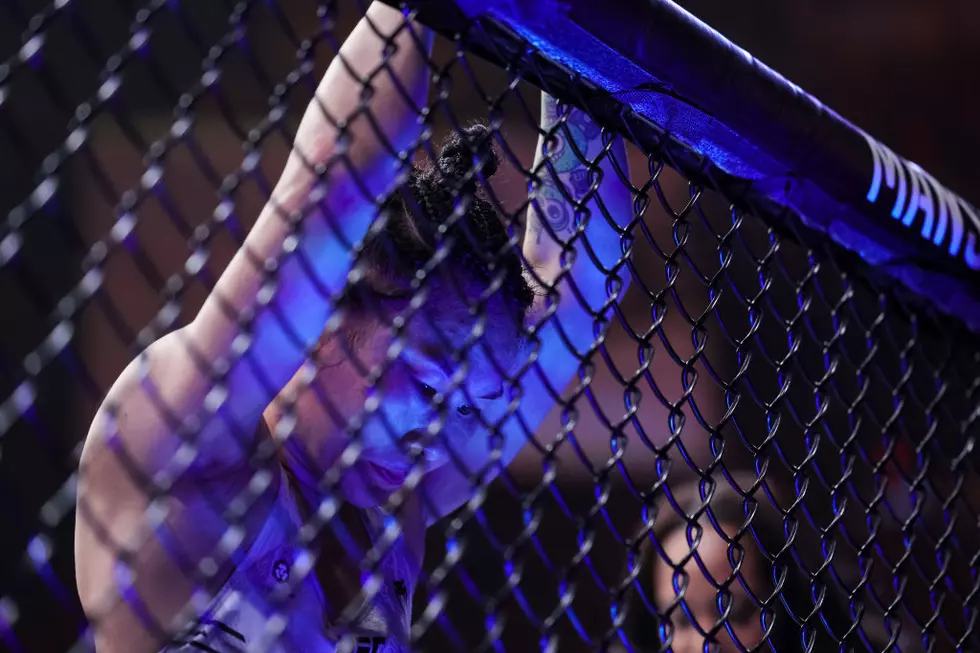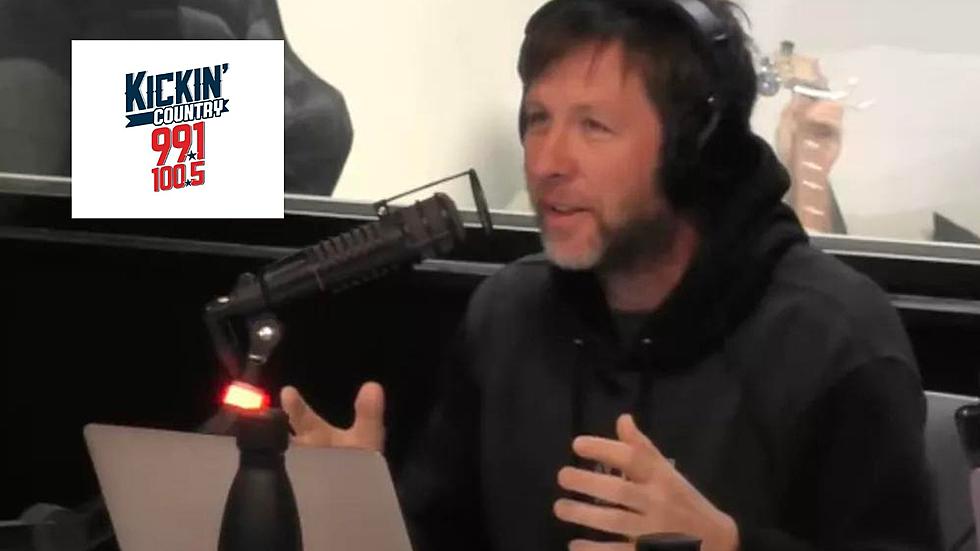
‘Restore’ Your Headlights… Kinda
Just about every car sold in the last 20+ years has composite headlights. Composite headlights use a plastic reflector that is glued to a plastic lens. A separate bulb is placed in the back of the housing. Composite lights typically throw more light than the older sealed beam glass lights, especially when using HID or LED bulbs.
They look great for a few years, then the harsh South Dakota summer sun and winter salt take their toll. Soon they begin to cloud up and negatively affect light output, creating a safety issue.
Why is that? Manufactures apply a special UV-resistant coating that protects the plastic lens from degrading. Over time the coating wears off leaving the plastic exposed and it begins to degrade and appear cloudy and yellow.

So what can be done to fix this? Replacing a set of composite headlights can cost hundreds, even thousands of dollars. Chances are good that you can temporarily 'restore' your headlights yourself.
Try this quick fix only if your lenses aren't completely clouded over. Put a bead of toothpaste on a rag and rub it into the lens. Sometimes this works, but it's a temporary fix.
For advanced situations, you can try a DIY headlight restoration kit. These are available at most auto parts stores for under $20. They use a set of small sanding disks that are used to grind away the grungy oxidation.
These kits come with a special rubbing compound that will remove the fine scratches left from the sanding. After the lights are clear, apply the provided sealant that will keep the lights look nice for a while.
You will most likely have to redo this process a few times per year because once the plastic lens begins to degrade, the process can't be reversed.
Some people will spray the lenses with a can of clear coat instead of the sealant. This will buy you a lot more time before they cloud up again.
If you don't want to mess with any of this, I would recommend taking your car to a body shop or professional detailer. They will sand the lights down, buff them out with a high-speed buffer and apply a durable sealant or spray them with a clear coat.
I restored the headlights in the picture while working at a detail shop. First, I wet sanded the lenses using a dual-action sander with 600 grit, then 1500 grit, and finally 3000 grit sandpaper. Then I followed up with a 3M compound applied with a rotary buffer at about 1000 RPM. After that, I applied a clear coat. This process is by far the most effective way to 'restore' headlights, but even this isn't a permanent fix.
Ultimately, if you want perfect headlights, your best bet is to buy new ones unless you don't mind occasionally 'restoring' them.
10 Chocolate Desserts For Valentine's Day
More From KIKN-FM / Kickin' Country 99.1/100.5





![Help Us Pick The Kickin’ Country We Play [WIN]](http://townsquare.media/site/204/files/2019/08/little-big-town-the-daughters-2019-cma-fest.jpg?w=980&q=75)



